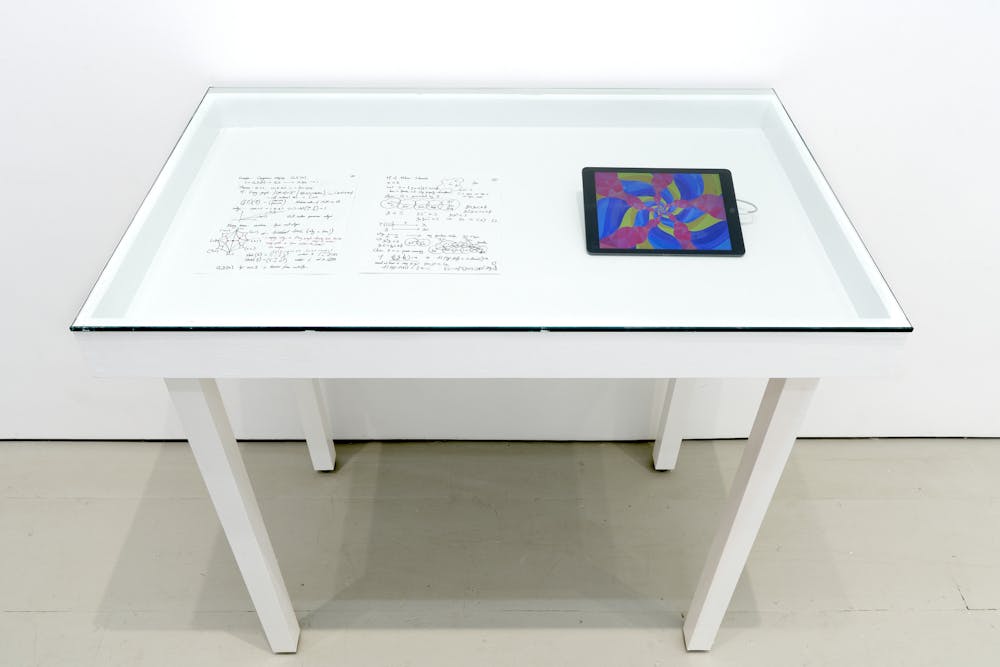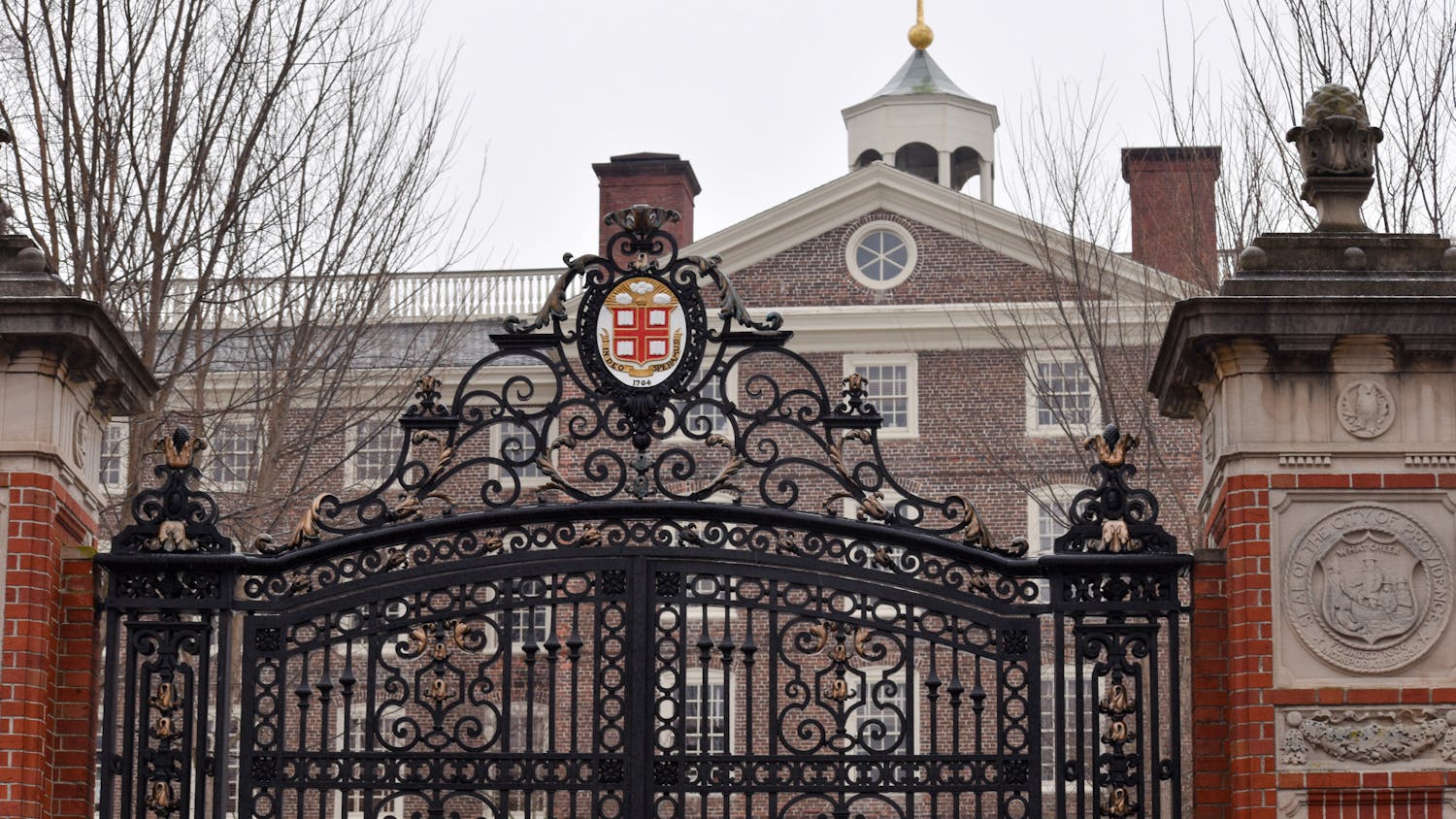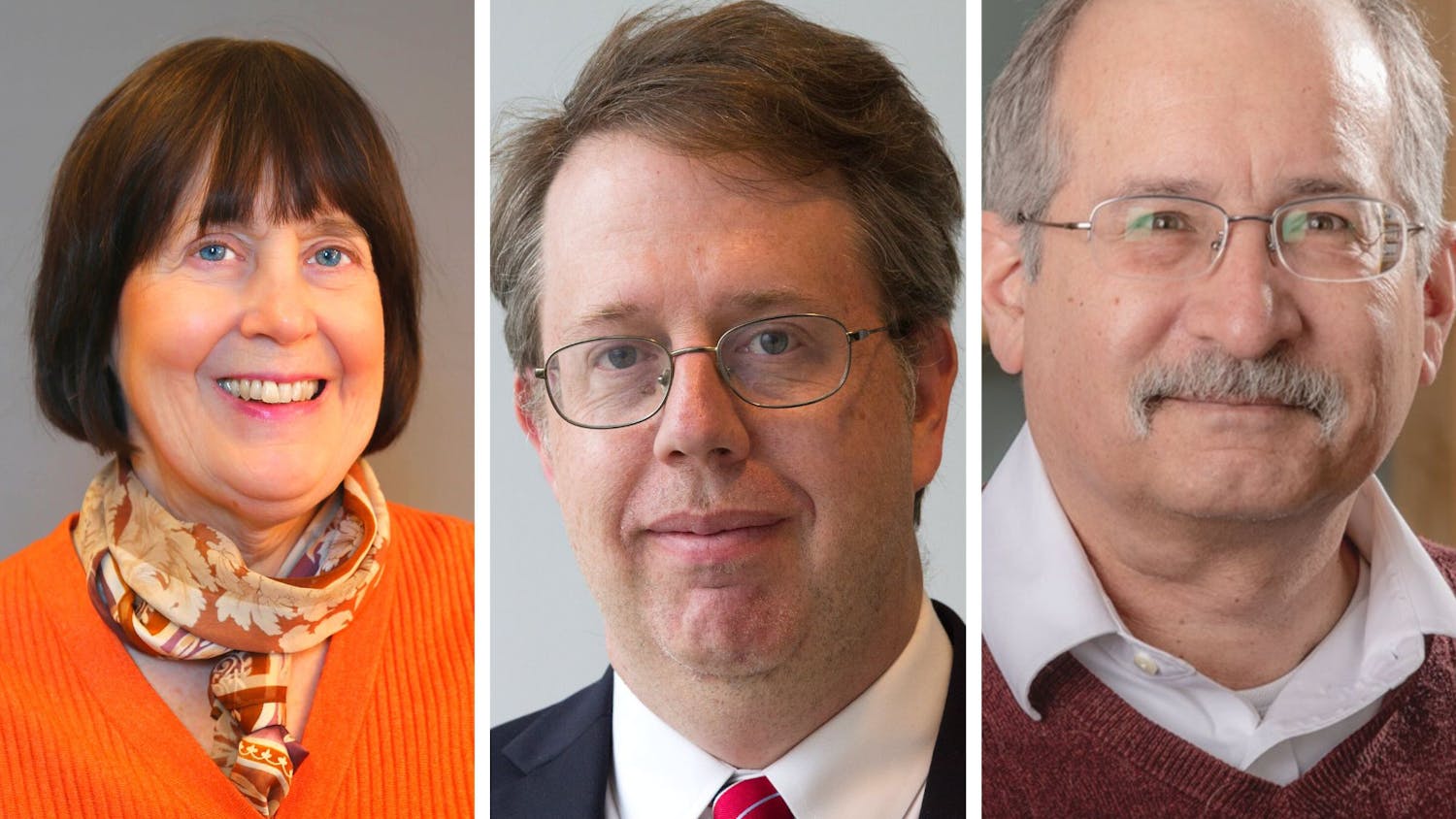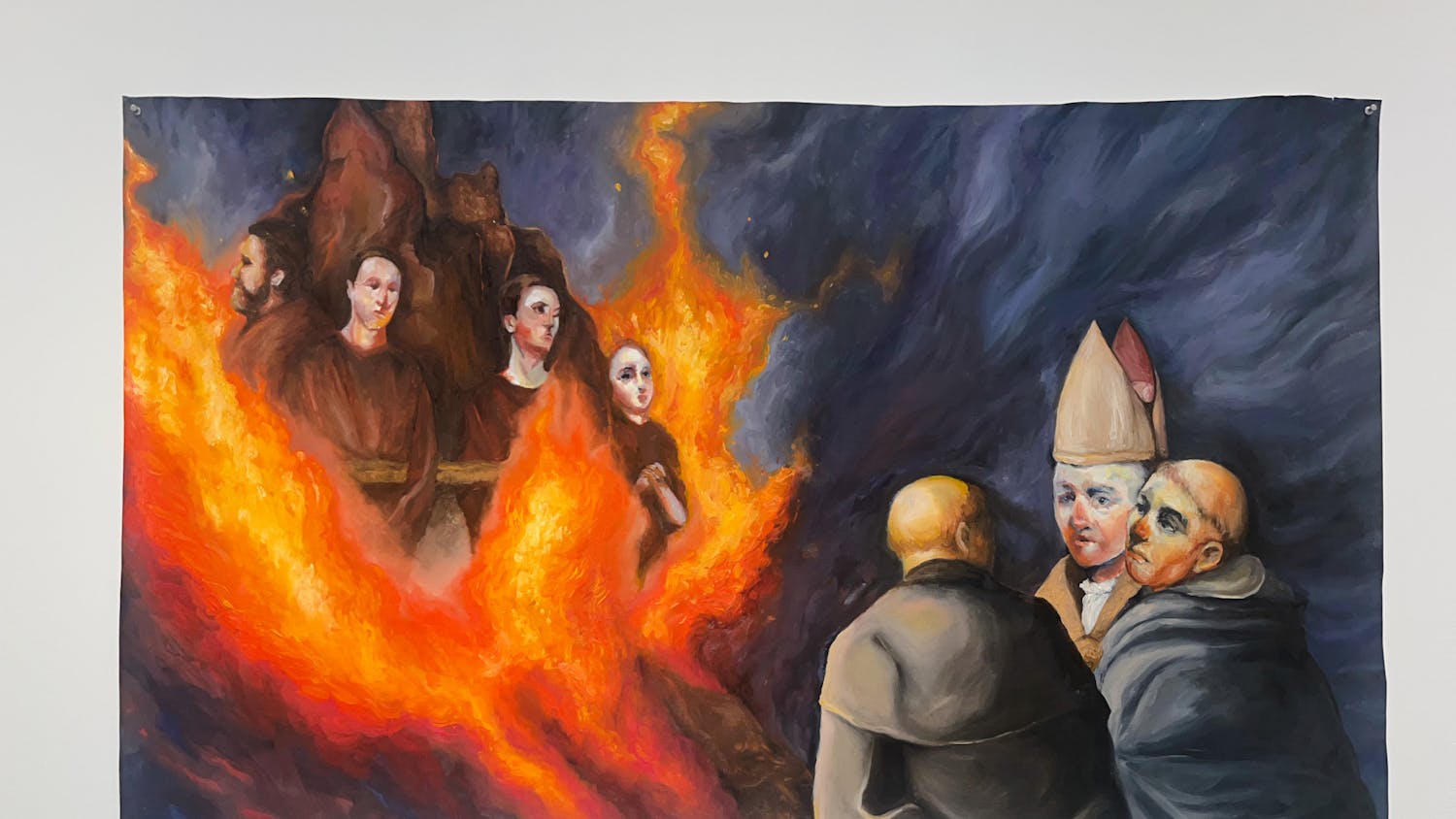Professor of Mathematics Richard Schwartz said he’d initially thought his feature in New York’s Klaus Von Nichtssagend Gallery exhibition “Metric on a Torus” was a “long shot.”
“I thought it was never going to happen,” he said.
Schwartz, who primarily researches geometry and dynamical systems, said his work is “amenable to doing visual studies.” But while visualization programs he creates through coding software are integral to his research, they are often underappreciated, he added.
“When I write (a) paper, the program gets relegated to a footnote,” Schwartz explained. “It’s actually the major component of the research.”
The exhibition brings these programs into the spotlight by showcasing his computer programs which “display their ‘thinking’ in colorful geometric compositions,” according to the gallery’s website. “I’ve always had this idea that one day I’d love to exhibit these things,” Schwartz said.
The exhibition, which began last month, features works from four artists and four mathematicians. Its goal is to create “a conversation between their respective creative fields,” the website reads.
The exhibition calls into question the perceived differences between art and mathematics. “The two fields are considered separate today — housed in discrete rooms of schools and far-flung buildings at universities. But do these two fields share more than we realize?” reads the gallery’s website.
Ingrid Bromberg Kennedy, a curator for the exhibit, said she was inspired after seeing her brother, Kenneth Bromberg ’93, study math.
“His notes looked so similar to artists’ sketches — a piece of paper filled with lines creating forms and shapes in a space,” Kennedy wrote in an email to The Herald.
“Then I realized there are more connections: Both fields ask a lot of questions and both fields are pretty abstract. The exhibit explores abstract thought in what seems like disparate fields,” she added.
Schwartz also sees math and art as related fields that share many commonalities. “Math is halfway between science and art,” he said, explaining that both involve creativity and a lot of visual work.
He added that the University supports his exploration of these cross-disciplinary projects as a part of his current work.
“They’re very open-minded about what constitutes service to the University,” he explained. Even when a project “doesn’t seem obviously related to my research, they’ve always been very supportive.”
Schwartz worked on a similar project in the fall of 2019 titled “Illustrating Mathematics” with the Institute of Computational and Experimental Research in Mathematics. This program invited various artists and mathematicians to engage in panels and exhibit their work.
“Schwartz’s scientific vision was crucial to the research success of our fall 2019 program,” Brendan Hassett, director of ICERM and professor of mathematics, wrote in an email to The Herald.
“Schwartz is unique in his mathematical achievements and his artistic work,” Hassett added, noting that Schwartz has had the “extremely rare distinction” of being invited to speak at the International Congress of Mathematicians twice.
“Schwartz has strong connections in both (the mathematics and art) communities,” Hassett said. He “can do more than anyone else to facilitate connections between the communities.”

Ryan Doherty is a section editor covering faculty, higher education and science and research. He is a junior concentrating in Chemistry and Economics who likes to partially complete crosswords in his free time.





